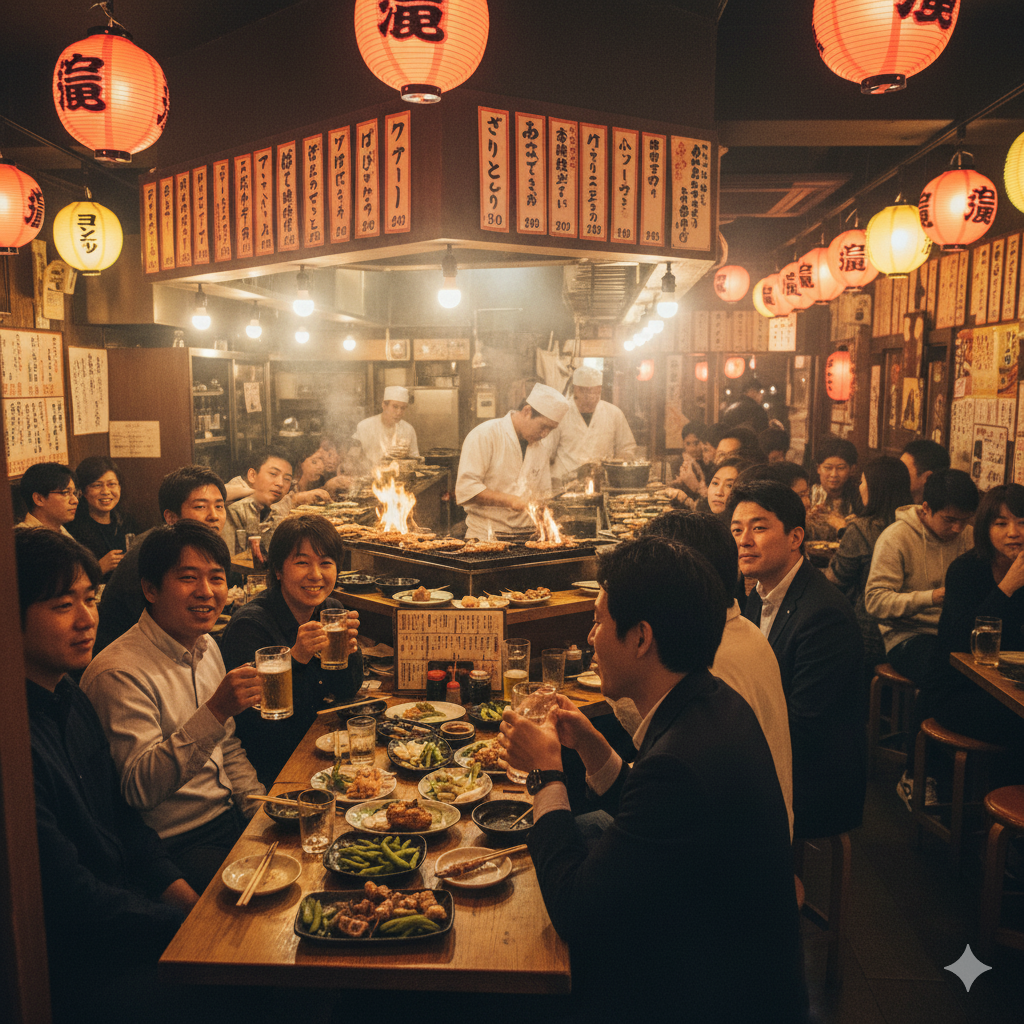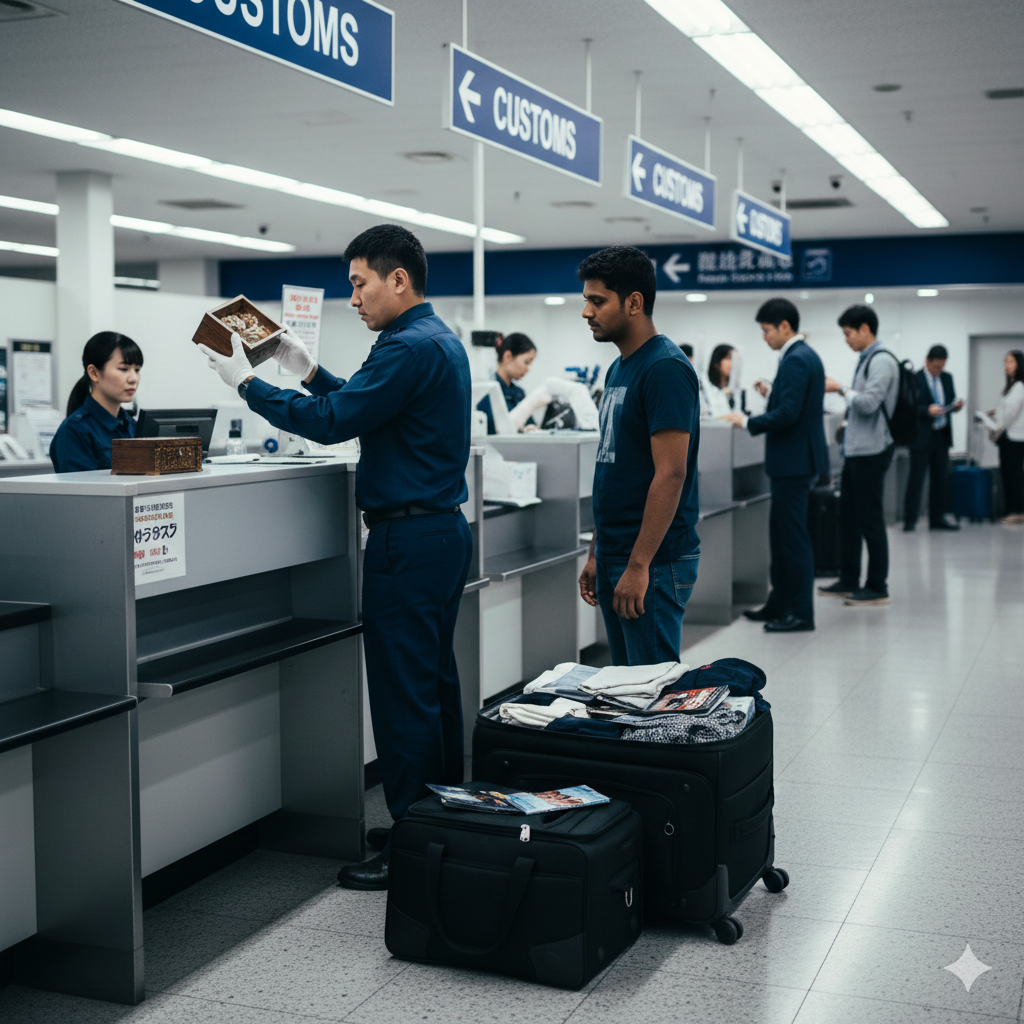Izakaya Culture Explained: What Tourists Should Never Do

There is no better way to experience the social life in Japan than by spending an evening at an izakaya, a lively and casual drinking spot that blends the warmth of a pub with the intimacy of a family restaurant. It’s where salarymen unwind after work, friends share laughter over grilled skewers, and strangers become drinking buddies in minutes. While izakayas welcome everyone, the unspoken etiquette can surprise first-time visitors. A few innocent mistakes can make you stand out for the wrong reasons.
If you’re planning to dive into Japan’s drinking scene, here’s what every traveler should know before stepping through those sliding doors.
What Exactly Is an Izakaya?
An izakaya is more than just a Japanese bar. It’s a social ritual where groups gather to drink, eat, and relax in a way that feels spontaneous but still respectful. Food comes in small plates meant to be shared, and drinks such as beer, sake, or highballs flow freely throughout the night. The atmosphere is friendly but polite, with an emphasis on harmony and shared enjoyment.
Izakayas range from tiny six-seat counters to multi-floor venues buzzing with after-work crowds. Each has its own charm, but all follow the same pattern: order drinks first, then enjoy the food as it arrives in stages.
Don’t Pour Your Own Drink
One of the first surprises in izakaya culture is the pouring custom. In Japan, it’s considered impolite to pour your own drink, especially when dining with others. Instead, you pour for your companions, and they pour for you. This small exchange symbolizes respect and connection, forming a bond over shared drinks.
Many tourists unknowingly skip this step by refilling their own glasses. To blend in, pay attention to others’ drinks and top them off before they are empty. You’ll soon find your own glass being refilled in return.
Avoid Loud or Rowdy Behavior
Izakayas are casual, but they are still in Japan, where public decorum matters. Laughter and chatter are common, but shouting, singing without permission, or talking across the room can feel disruptive.
In smaller izakayas, sound travels easily, so try to match the energy of those around you. Locals manage to drink and laugh while keeping the mood relaxed and respectful, and that’s the tone you should follow too.
Don’t Hog the Table After Eating
Many visitors treat izakayas like Western bars where you can sit for hours after finishing your food. In Japan, it’s polite to leave once you’re done eating and drinking so others can enjoy the space.
This is especially true at busy or small izakayas. Staying too long can inconvenience staff and other guests. When you’re ready to go, simply say “okaikei onegaishimasu” (check, please) to the staff and pay your bill promptly.
Never Skip the Otoshi
At most izakayas, a small appetizer is served shortly after you sit down, even before you order anything. This is called otoshi, and it isn’t free. It’s a mandatory table charge, usually between ¥300 and ¥500 per person.
First-time travelers often mistake it for a complimentary snack, only to be surprised when it appears on the bill. The otoshi is part of izakaya tradition, meant to welcome guests and keep them satisfied while waiting for food. Even if you don’t plan to eat it, it’s polite to accept it as part of the experience.
Don’t Expect to Split the Bill
In group drinking settings, the bill is almost always split evenly among everyone, no matter who ordered what. This keeps things simple and avoids awkward discussions about money.
Foreign visitors sometimes try to pay only for their share, which can feel uncomfortable or stingy in Japanese social norms. If you’re out with locals, follow their lead and contribute your portion of the total when it’s time to pay.
Be Mindful of Smoke and Smells
Although many restaurants now prohibit smoking, some traditional izakayas still allow it. Tourists accustomed to smoke-free dining may be surprised when someone at the next table lights a cigarette.
The strong aroma of grilled meats and fried food also tends to cling to your clothes after a night out. If you plan to go somewhere afterward, bring a jacket or layer you can remove later. These small realities are part of what makes the izakaya experience so authentic and memorable.
The Right Way to Say Kanpai
Every izakaya evening begins with a toast, “Kanpai!” But before raising your glass, make sure everyone has their drink. Starting early is considered rude. When clinking glasses, hold yours slightly lower than that of someone older or higher in rank as a sign of respect.
These small gestures may seem minor, but they reflect Japan’s culture of mindfulness and courtesy in social interactions.
Final Thoughts
Spending an evening at an izakaya is one of the most enjoyable ways to experience real Japanese culture. It’s warm, social, and filled with subtle traditions that reveal the country’s values of respect and togetherness.
As a traveler, understanding and following these customs shows appreciation for local culture and makes the experience smoother and more authentic. So next time you visit an izakaya, relax, share food, pour for your friends, and enjoy the moment. You’re not just having a drink, you’re taking part in one of Japan’s most cherished social traditions.



